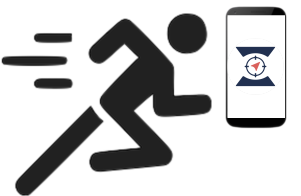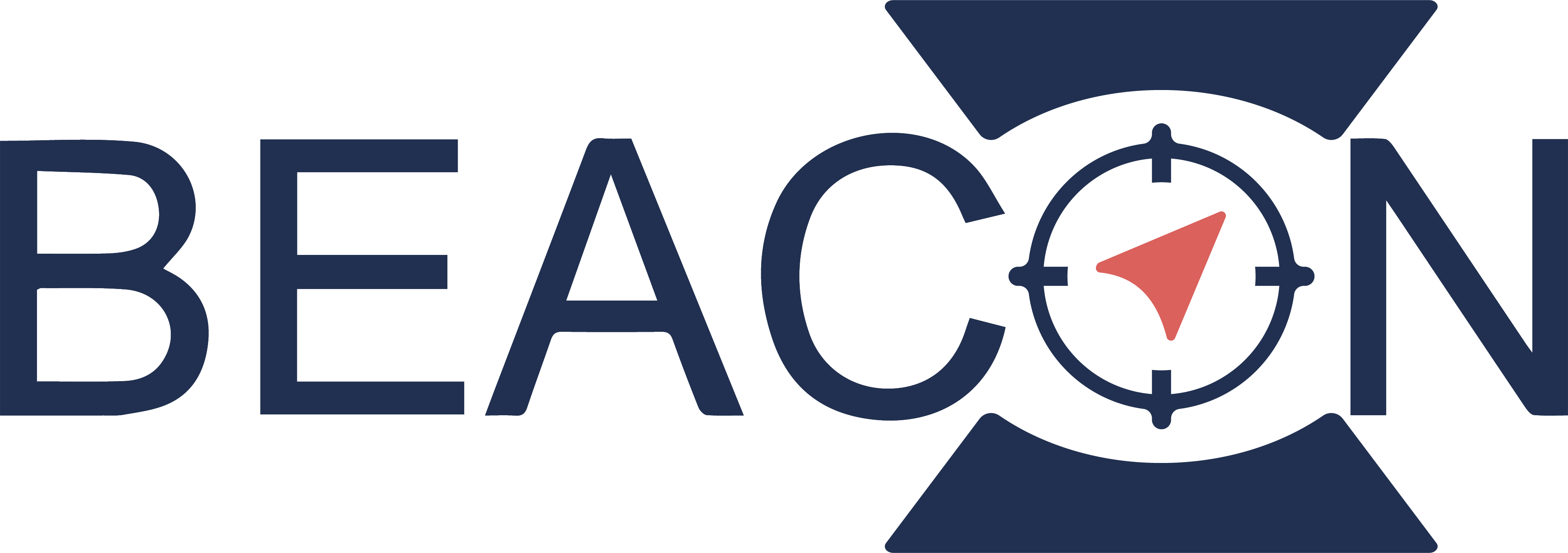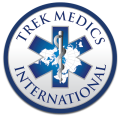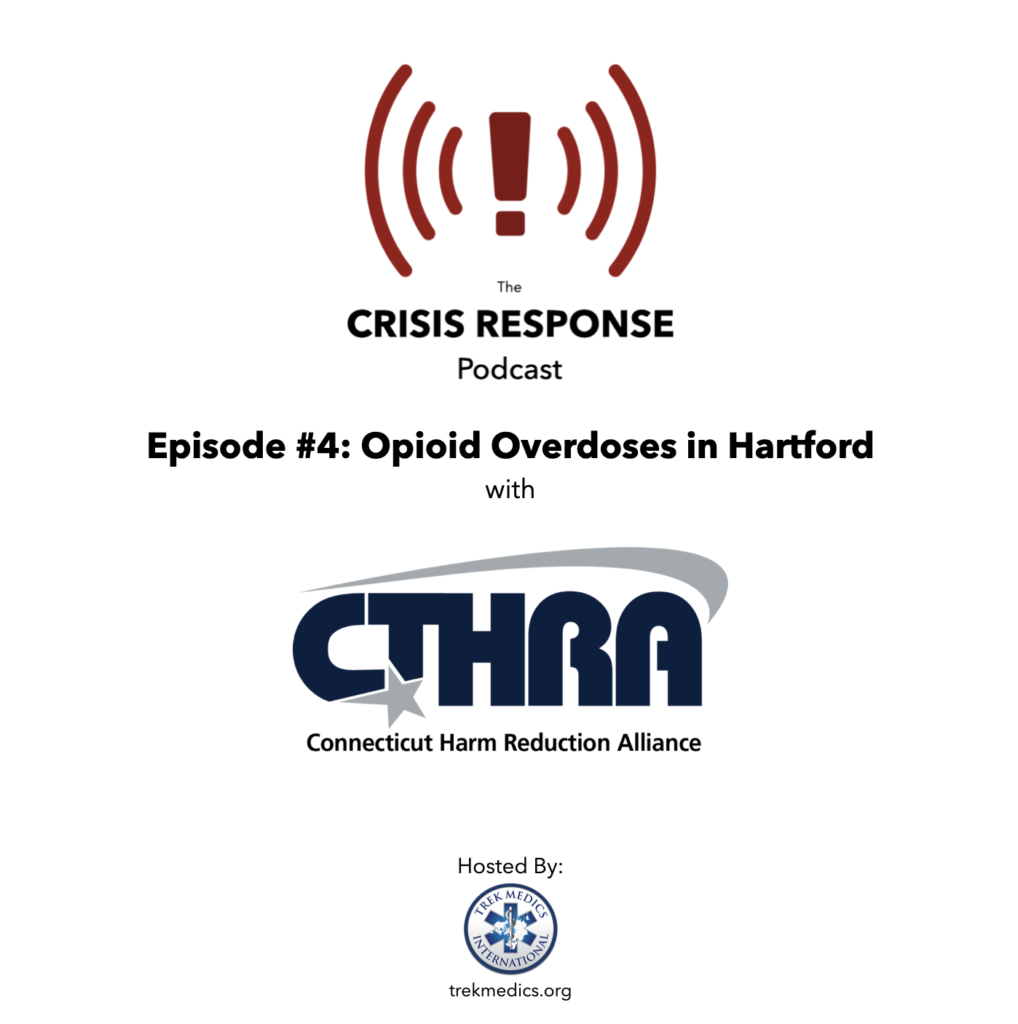
Substance Use

Beacon Helps Harm Reduction and Substance Abuse Providers Reduce Overdoses
Trek Medics has developed the Beacon Crisis Response platform to reduce fatal overdoses by improving access to crisis responders
Overcome Emergency Communication Challenges with Beacon
The Problem
- Despite the existence of Good Samaritan protections, many people are still afraid to call 911 to report an overdose
- While communities around the country are equipping the public with medications to reverse overdoses, the only people who get alerted when an overdose is reported to 911 are police, fire and EMS.
- Traditional 911 responders are limited in their ability to refer overdose victims to needed social services
The Solution
The Beacon Crisis Response platform alerts alternative responders equipped with overdose-reversing medications when active overdoses are reported in their area, allowing trained substance abuse experts to prevent fatal overdoses and provide more tailored care for persons with substance use disorder

Sample Response Workflow*
Potential Overdose
A witness to a suspected opioid overdose knows there is help available in the community and calls to request assistance.

Response Dispatch
A dispatcher receives the call from the witness requesting rapid response, enters the witness’ location into Beacon and sends it as a text alert to the nearest responders equipped with overdose-reversing medications

Crisis Response
Beacon assigns response personnel to the crisis, directs them to the incident location and keeps them updated about the status of the incident and other responders throughout the incident lifecycle.

Confirm On-Scene
Responders locate the victim and update the dispatcher through Beacon, ensuring accountability and maintaining open communications should more resources be needed.

Medication Administration
Responders determine if the scene is safe and then assess the patient for tell-tale overdose symptoms. Overdose-reversing medication is then administered to the victim. If the overdose is reversed, a life is saved. If there is no change in the victim’s condition, 9-1-1 is already en route.

Intervention, Transport or Release
Where available, responders are able to offer referral services, counseling or transport to an appropriate medical facility. Or, as is so often the case after EMS reverses an overdose, the survivor leaves on their own.


Substance Use Crisis Features
Easy Setup
No computer science degree required. Follow the guide and videos to be ready to start dispatching in less than 30 minutes.
Configurable Dispatch
Beacon’s flexible design allows organizations to dispatch responders manually or through automation; they can assign specific responders or crowdsource from a larger pool; and they can manage it all via the web app or the mobile app
Decentralized Response
No sophisticated call center required: Manager responders, create incidents and track operations through any computer or smartphone
Works with or without Internet
Beacon functions on any mobile phone, via push notifications when Internet’s available or SMS when not
Scalable Volume
Whether you have 5 responders or 500, Beacon can handle your volume through automated workflows and real-time tracking.
Performance Reporting
Beacon offers a full-suite of reports, including responder reports, incident reports, historical reports and case reports (coming Jan 2023)
Frequently Asked Questions





